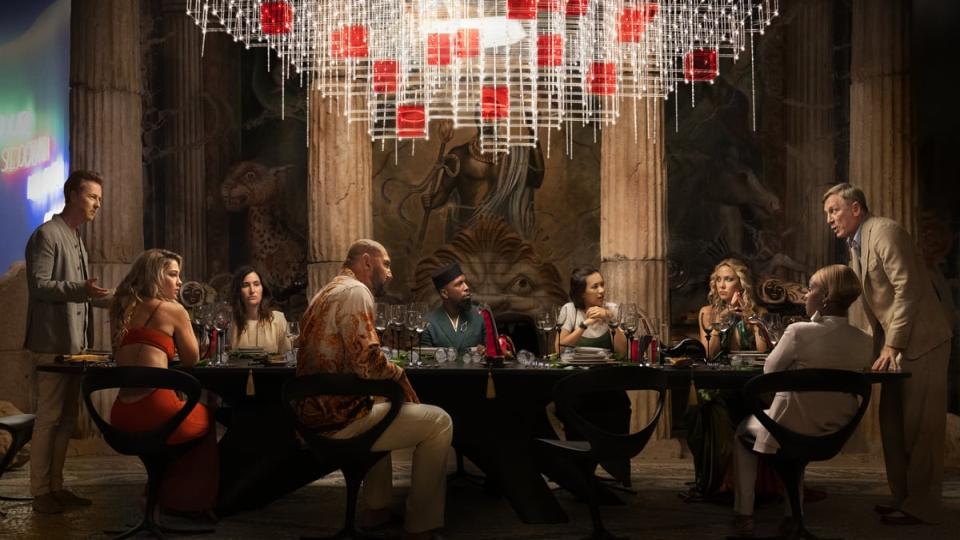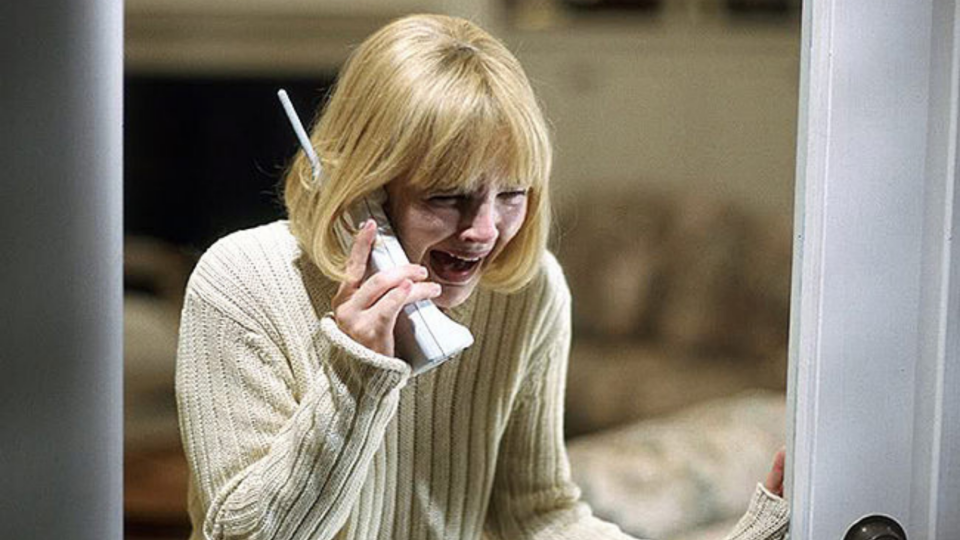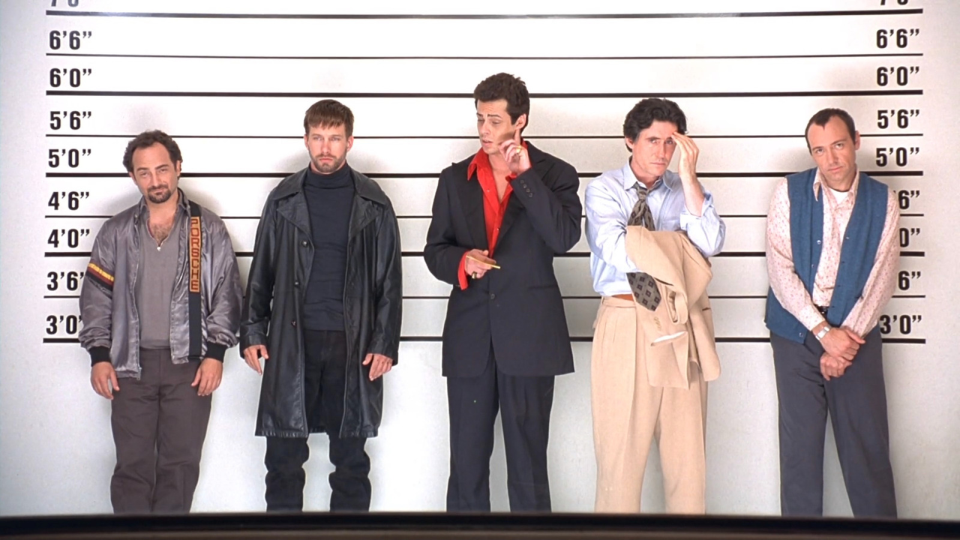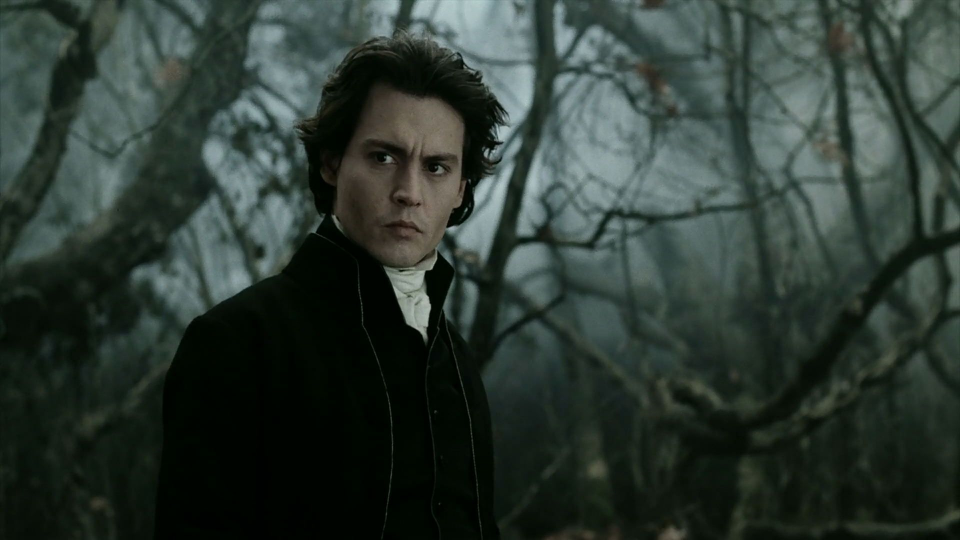Play Detective: 7 Unconventional Whodunits

Rian Johnson’s Knives Out (2019) and Kenneth Branagh’s adaptations of some of Agatha Christie’s most beloved (and previously superiorly adapted) Poirot novels, Murder on the Orient Express (2017) and Death on The Nile (2022), have recently sparked a new wave of whodunits. Agatha Christie’s tried-and-true formula has informed many creative decisions over the years with some ‘original’ whodunits like Robert Altman’s Gosford Park (although this too was influenced by the French classic, The Rules of the Game) effectively distilling Agatha Christie’s formula to perfection.
Fans may (or may not) be thrilled to hear that a third Branagh-helmed Christie adaption is in the works – this time Hallowe’en Party (1969) will serve as the source material – while there have been numerous recent films and TV series that have utilised whodunit conventions to tell their stories in entertaining ways. The star-studded, 50s-era comedy See How They Run and Gen-Z satire Bodies Bodies Bodies come to mind, while Only Murders in the Building is perhaps the finest example of a TV series that incorporates key elements of a whodunit mystery within its uniquely charming comedic package.
Some of the most thrilling mysteries are dramatizations of true events – David Fincher’s Zodiac is an exemplary exploration of a still-unresolved series of murders in San Francisco, presenting a number of different suspects that the lead detectives interacted with during the course of the investigation. To avoid going down the true crime rabbit hole its common that these studies aren’t typically presented as whodunits with the culprits and their crimes often a part of public knowledge at the the time of conception. Zodiac feels different.
Many best-selling mystery novels – The Girl With the Dragon Tattoo, The Dry and Where the Crawdads Sing for example – have since been adapted for the screen, to varying levels of success, offering fans a visual representation of the characters they have imagined from the text. British crime novelist P.D. James’ most prolific character, Adam Dalgliesh – discussed further here – has also recently became the focus of a new series, Dalgliesh.
So, to celebrate the release of Glass Onion: A Knives Out Mystery in cinemas this week – you’ll also be able to stream the film on Netflix from December 23 – we are taking a look at some more unconventional whodunits. None of the aforementioned titles will be appearing, because they are unequivocally examples of the genre. We’re looking for unique mysteries that don’t, on first glance, present themselves as whodunits but utilise many conventions to pull the wool over the eyes of audiences in interesting ways.
WARNING: Mild spoilers to follow.

Scream (1996)
Wes Craven’s poster-film for the ’90s slasher resurrection and the self-referential era of the sub-genre remains essential to this day. Slasher films adopt their own set of characteristics, not far removed from whodunits, with many of the most-renowned examples featuring an established villain who stalks and terrorises their victims. In Scream the killer’s true identity remains unknown – they are an anonymous, masked, knife-wielding menace – until the conclusion. There are many suspects. Humans. Friends and acquaintances of the hero, Sidney (Neve Campbell). What makes Scream so fun is that it assumes (and positions) everyone as a suspect, keeping a viewer guessing, and it balances the grisly killings with a sharp sense of humour as it acknowledges and toys with the creative decisions of the genre pioneers.
Stream on Paramount+.

Deep Red (1975)
Arguably Giallo-master Dario Argento’s most complex and complete film, Deep Red is more rooted in exploring the darker realms of the human psyche than some of his more candy-coloured creations, such as Suspiria (1977), which delve into the supernatural. Like some of the great mysteries the primary ‘investigator’ is an amateur – Marcus Daly (David Hemmings) is a pianist and music teacher who becomes obsessed with the brutal murder of a psychic medium in his apartment building. This doesn’t incorporate a gathering of suspects so much, but Marcus’s pursuit of the killer is fascinating to watch unfold. It’s Argento’s uncommon patience that is perhaps the most impressive feature – a second half set piece as Daly explores an old house is particularly wonderful. For a more true Giallo/slasher hybrid, with a wild late twist, also check out Argento’s Tenebre.
Currently not available for streaming.

The Name of the Rose (1986)
Based on the 1980 novel by Umberto Eco – which has now sold over 50 million copies worldwide – The Name of the Rose weaves a fascinating gothic-inspired tale of mysterious death set in an Italian monastery in the year 1327. The 1986 film adaptation – there is also a 2019 miniseries – stars Sean Connery as Fransiscan friar, William of Baskerville, and a young Christian Slater as his apprentice Adso, and is a competent vessel for Eco’s intellectual fusion of whodunit and medieval metaphysics to be brought to the screen. The first incident precedes an important theological Church conference, which will mark the attendance of a powerful inquisitor who will seek to take justice into his hands unless the duo can swiftly find the answers.
Currently not available for streaming.

Brick (2005)
Rian Johnson’s (Looper, Knives Out) debut feature film is inspired by hardboiled detective classics. It has made some striking contemporary updates to this formula, featuring a California suburb setting and a cast of high schoolers. Joseph Gordon-Levitt stars as Brendan Frye, a teenage loner, who decides to investigate the disappearance and murder of his ex-girlfriend. He must infiltrate the roughest school cliques as he pushes his way into a high school-run drug ring, attempting to find out just who is responsible and a way to bring them to justice. With a compelling visual approach, and a terrific performance from Gordon-Levitt, Brick has become a cult hit that really fast-tracked the careers of both star and filmmaker.
Currently not available for streaming.

The Usual Suspects (1995)
A 90s action-thriller classic, The Usual Suspects has many iconic lines and sequences and is supremely entertaining. Through a series of flashbacks a small time crook and lone survivor of a heist gone awry, “Verbal” Kint (Kevin Spacey), tells his interrogator (Chazz Palminteri) about a complex and convoluted series of events that led him and his team of career criminals to be involved with a mysterious crime lord, Keyser Soze. By now you are probably aware of the big reveal in this film – the real mastermind behind it all – but it’s fun to identify the hints that are judiciously placed throughout on repeat viewings and decipher if everything we’re being presented is as it seems.
Buy or rent in the Movie Store.

Sleepy Hollow (1999)
Sleepy Hollow is a magnificent looking film – winner of the Academy Award for Production Design – with a dark, brooding and highly-suspenseful atmosphere. Johnny Depp has typically been at his best when working with Tim Burton and his portrayal of Ichabod Crane – a police constable sent to investigate a series of murders in the village of Sleepy Hollow by a declared Headless Horseman – is a riveting one. This film is loosely based on Washington Irving’s timeless short story, from a script by Andrew Kevin Walker (Se7en), but this is pure Tim Burton weirdness, a supernaturally-charged mystery with a unique historical setting. Who is the headless horseman, and is one (or more) of the townsfolk tied to his murderous rampage?
Buy or rent in the Movie Store.

The Wailing (2016)
A policeman, Jong-goo, is drawn to investigate the spreading of a mysterious sickness in a small rural village, which results in the victims becoming deranged and violently killing their families. Suspicions are directed at a recently-arrived stranger to the village. When his own daughter falls victim Jong-goo must grapple with the uncertainty of not just what is plaguing the citizens but also deciphering the motives of the dueling good and evil forces. Hysteria begins to overwhelm the villagers, who turn to a charismatic Shaman to exorcise the potentially demonic-fueled pandemic. The Wailing ultimately raises the question: who is the devil in disguise? And the resolution is certainly not a transparent one. Crafted to pose challenging questions this is the sort of wild ride that has become common with South Korean cinema in recent decades.
Buy or rent on Apple TV.










